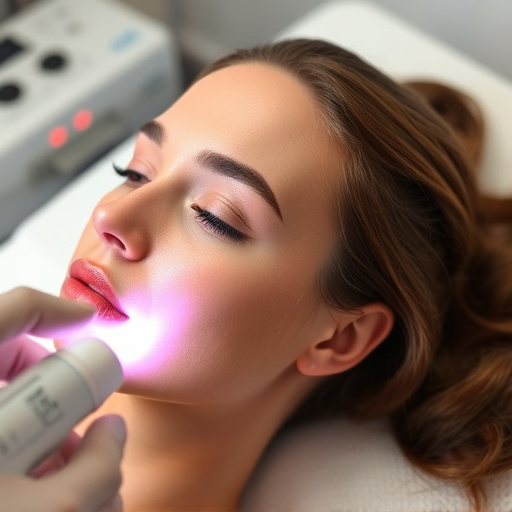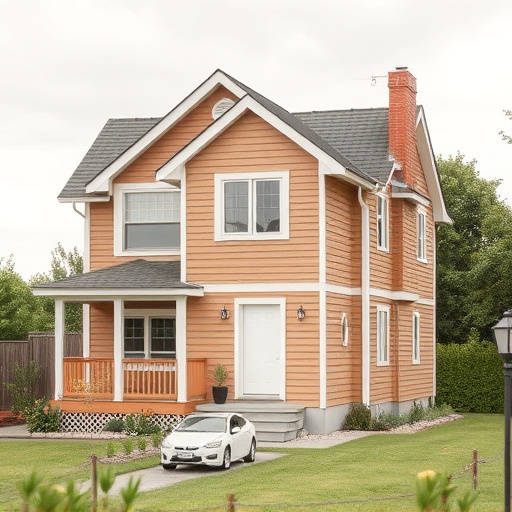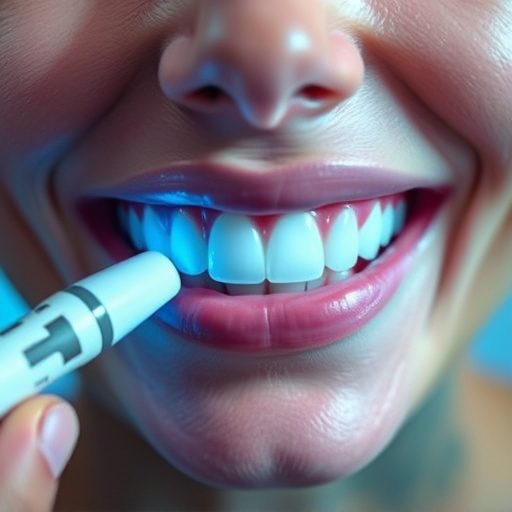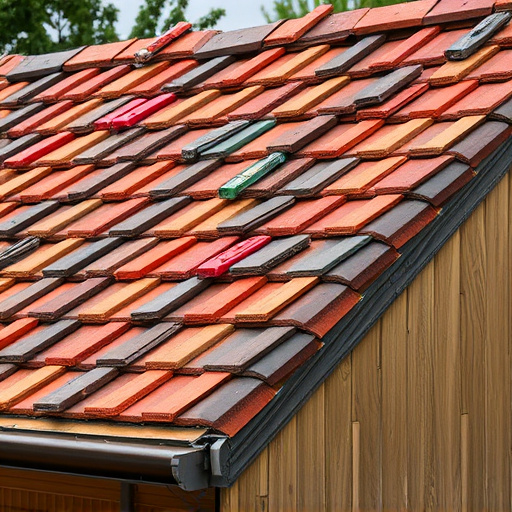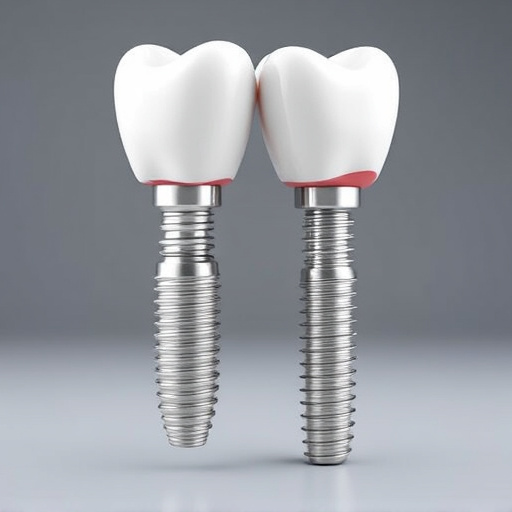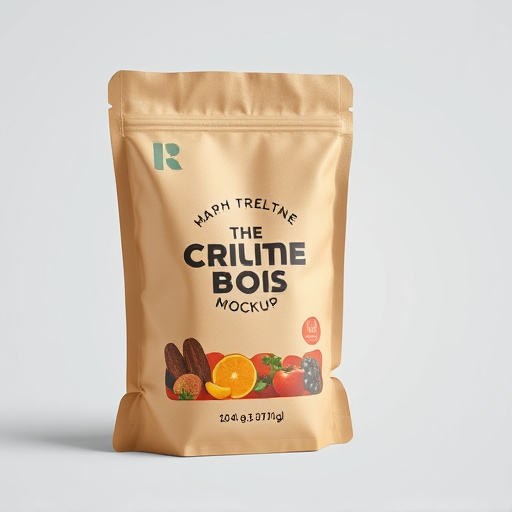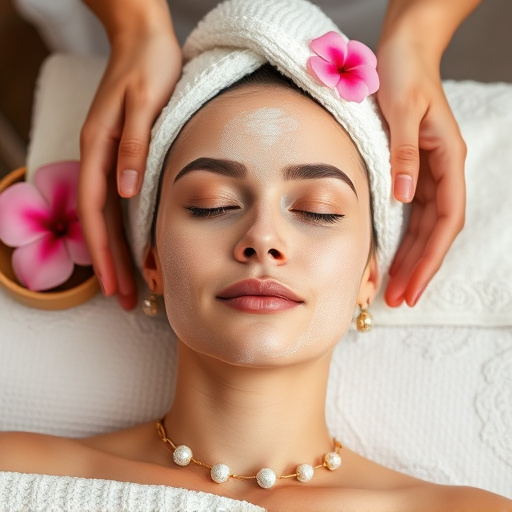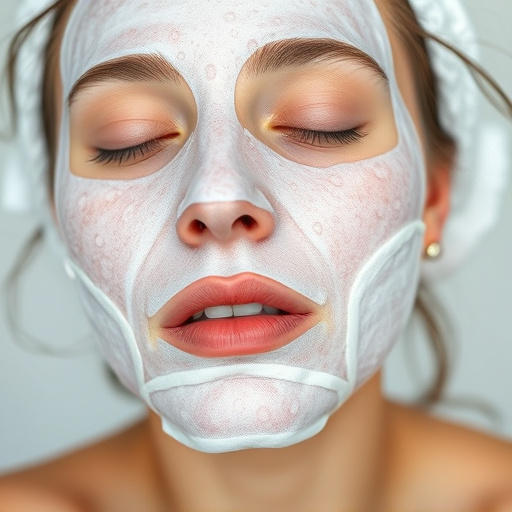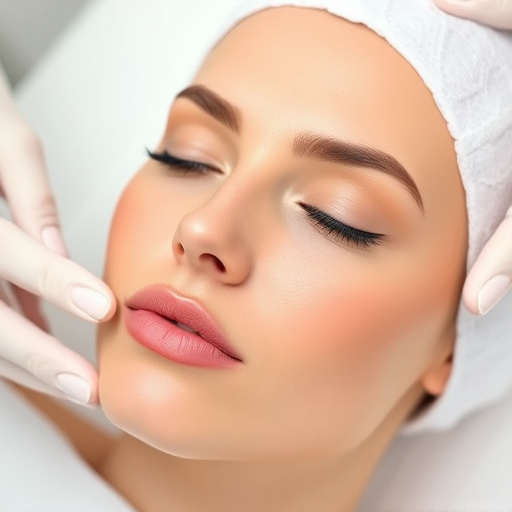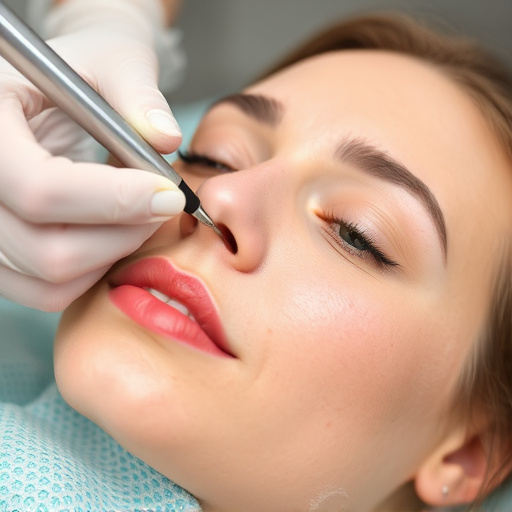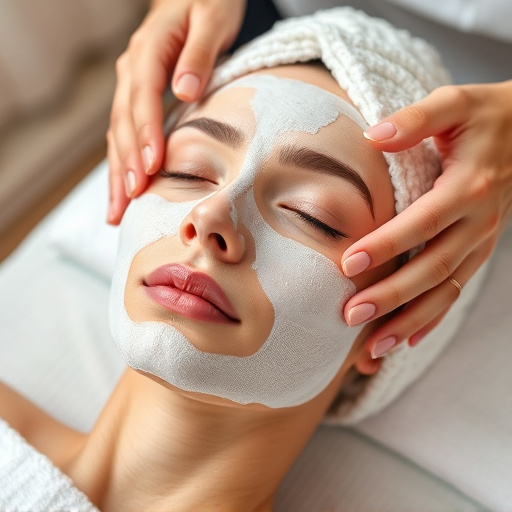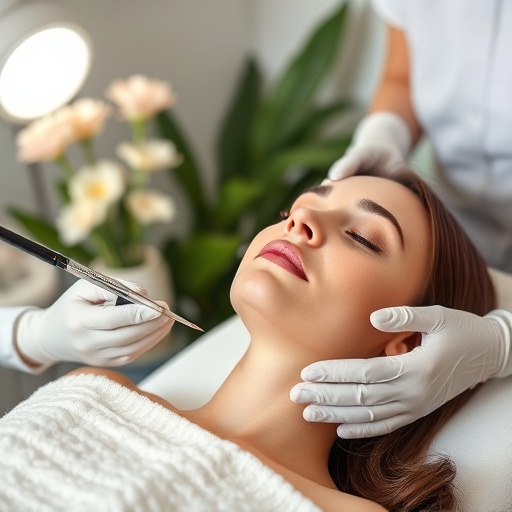Spider vein treatment utilizes non-invasive techniques like laser therapy, radiofrequency ablation, or sclerotherapy to effectively shrink and close unsightly leg veins. Success rates vary based on factors such as severity, size, and number of veins, with most patients seeing improvements after a few sessions. Treatment duration ranges from 15-30 minutes per session, featuring minimal downtime afterward. Consulting a qualified healthcare provider is crucial for personalized recommendations that may include complementary anti-aging treatments, considering skin type, health history, and previous procedures to optimize results with the least number of sessions.
Spider vein treatment has gained popularity as a non-invasive way to reduce unsightly veins. But how many sessions will you need? This depends on various factors, including vein size, severity, and individual response. Understanding these elements is crucial for effective planning. This article delves into the details of spider vein treatment effectiveness, explores influencing factors, and provides insights into what to expect during and after each session, ensuring informed decisions for desired results.
- Understanding Spider Vein Treatment and Its Effectiveness
- Factors Influencing the Number of Required Sessions
- What to Expect During and After Treatment
Understanding Spider Vein Treatment and Its Effectiveness
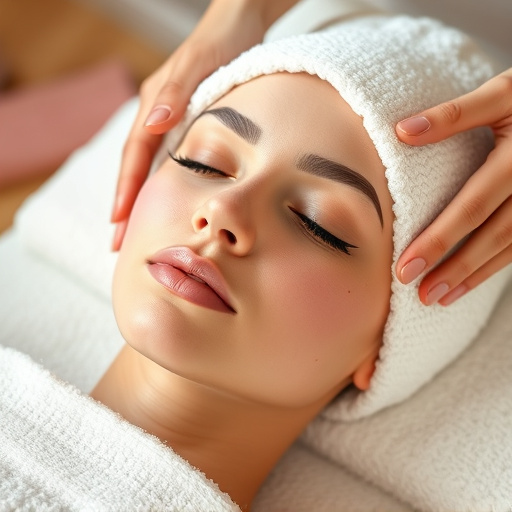
Spider vein treatment has become a popular solution for those seeking to improve the appearance of unsightly veins on their legs and other areas. This non-invasive procedure involves using various techniques, such as laser therapy, radiofrequency ablation, or sclerotherapy, to shrink and close off problematic veins. The goal is to redirect blood flow to healthier vessels while reducing the visibility of spider veins.
The effectiveness of spider vein treatment varies depending on several factors, including the severity of the condition, the size and number of veins involved, and individual patient response. Most patients experience significant improvements after just a few sessions. For mild cases, one or two treatments may suffice. More severe conditions might require three to six sessions spaced several weeks apart. It’s important to consult with a qualified healthcare provider who can assess your specific needs and recommend the best course of action, including potentially discussing complementary anti-aging treatments like microneedling therapy for skin rejuvenation or acne treatments to address any associated skin concerns.
Factors Influencing the Number of Required Sessions
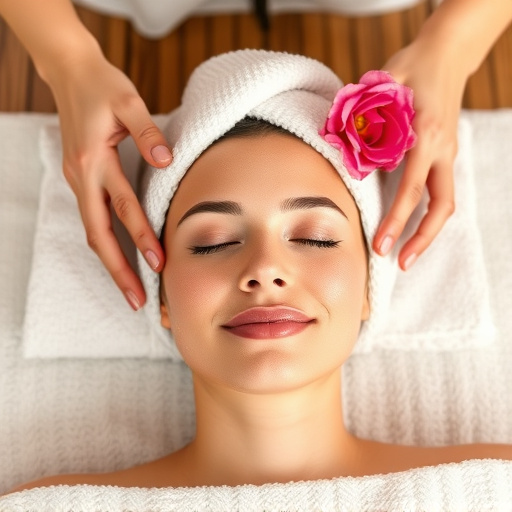
The number of sessions required for spider vein treatment varies based on several factors. One of the primary influences is the severity and size of the varicose or spider veins. Larger and more extensive networks of veins generally need more treatments to achieve significant results. Another crucial factor is the patient’s skin type and overall health. Individuals with thinner skin might require fewer sessions, as the laser technology can be more precise in targeting the unwanted veins. Conversely, thicker skin may demand more sessions due to the increased absorption and scattering of light.
In addition, previous treatments or skin conditions such as acne or customized facials can impact the process. Acne treatments, for instance, might leave the skin sensitive, which could affect how well the spider vein treatment works and potentially increase the number of sessions needed. Customized facials aimed at skin brightening may also influence the outcome, as certain procedures can make the skin more receptive to laser therapy. These variables underscore the importance of consulting a specialist who can tailor a treatment plan to individual needs, ensuring optimal results with the minimum number of spider vein treatment sessions.
What to Expect During and After Treatment
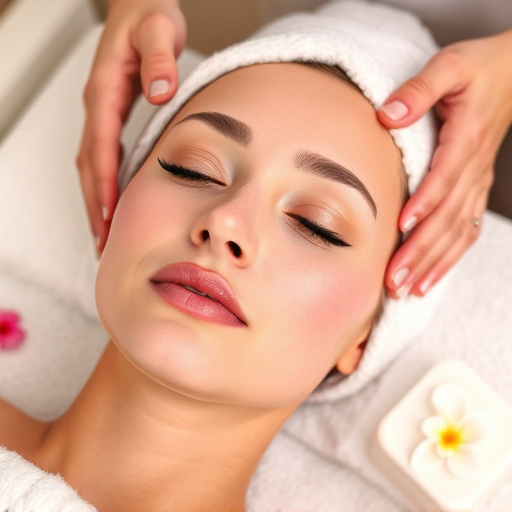
During spider vein treatment, patients can expect a relatively quick and comfortable procedure. Depending on the severity and size of the veins, the treatment may take anywhere from 15 to 30 minutes per session. The professional skincare specialist will use specialized equipment, often including laser technology, to target and break up the problematic veins. You might experience some mild discomfort, similar to a rubber band snap, as the laser delivers its energy to the skin. This procedure is generally well-tolerated, and many patients report minimal downtime afterward.
After treatment, it’s common to see some redness and swelling, which typically subside within a few hours. In some cases, small blood spots may appear on the surface of the skin but are usually harmless and fade quickly. It’s crucial to follow post-treatment instructions provided by your professional skincare expert, such as avoiding strenuous activities or certain types of clothing for a brief period. Non-surgical treatments like laser hair removal aren’t relevant here, as spider vein treatment focuses on improving the appearance of visible veins, not hair removal.
Spider vein treatment sessions typically range from 1 to 3, depending on the severity and size of the veins. Understanding the influencing factors and what to expect during and after treatment can help set realistic expectations. With consistent results over time, spider vein treatment offers a long-lasting solution for unsightly veins, enhancing both appearance and comfort. For optimal outcomes, consult a professional to determine the best course of action for your specific case.


